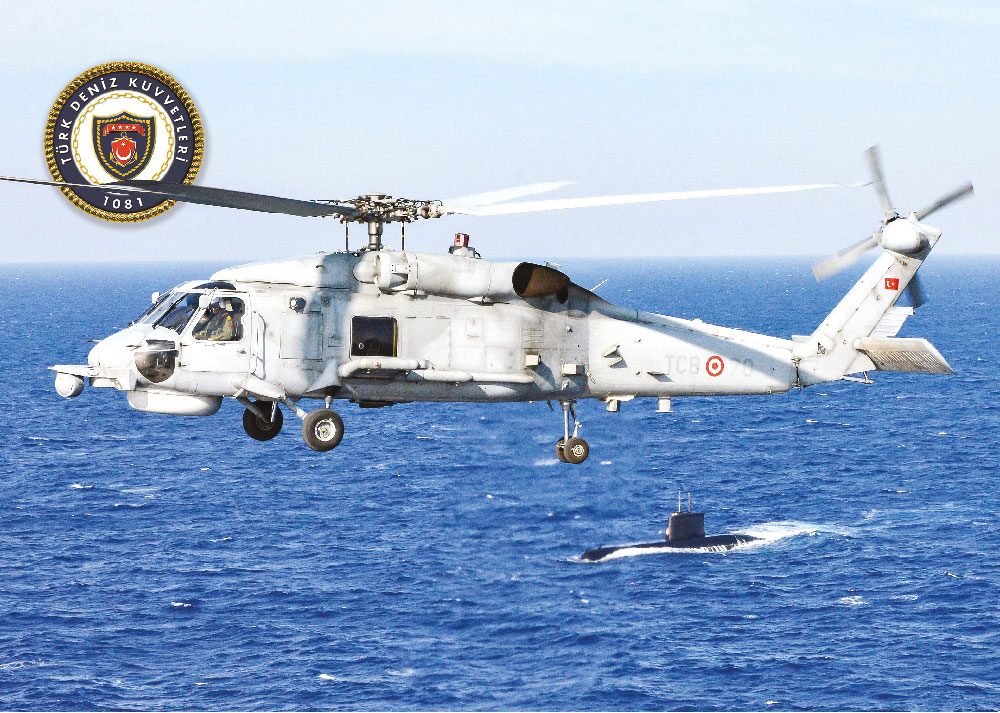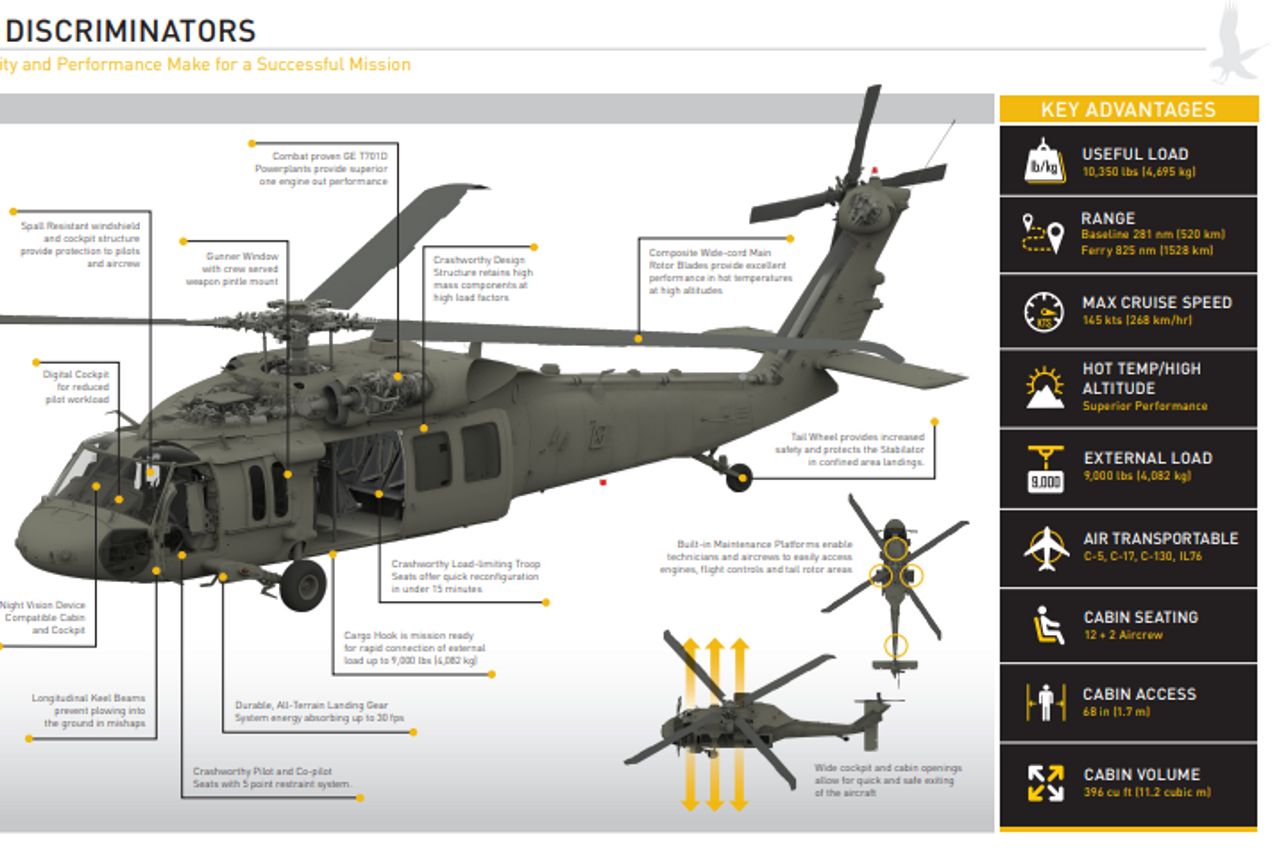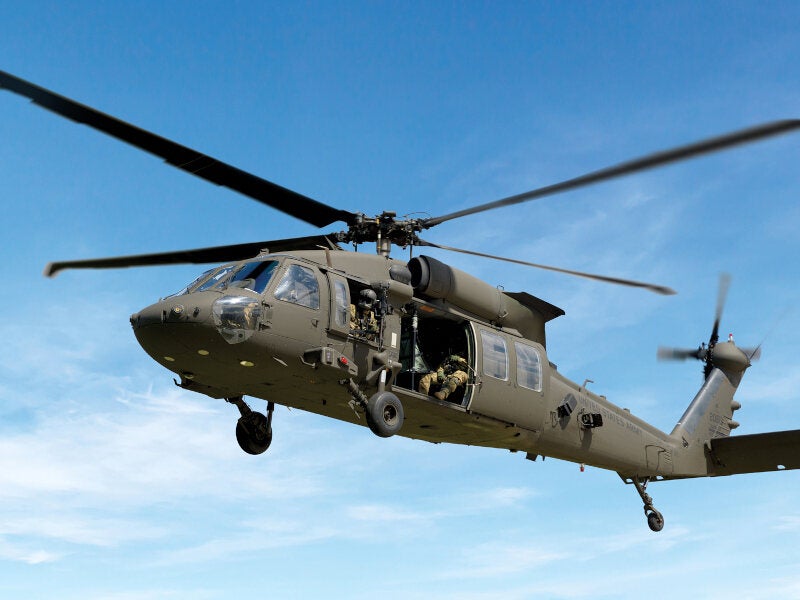Inside the Sikorsky S 70: What Sets This Helicopter Apart from Its Competitors
Inside the Sikorsky S 70: What Sets This Helicopter Apart from Its Competitors
Blog Article
High-Performance Multi-Role Rotorcraft Featuring Advanced Cockpit Technologies and Integrated Sensing Unit Solutions
The world of rotorcraft modern technology has seen noteworthy improvements in recent times, especially in the realm of high-performance multi-role rotorcraft geared up with sophisticated cockpit technologies and flawlessly incorporated sensor systems. In the complying with conversation, we will discover the advancement of rotorcraft technology, delve into the world of advanced cockpit developments, and examine the ramifications of incorporated sensing unit systems on the functional adaptability and effectiveness of modern rotorcraft.
Advancement of Rotorcraft Innovation
The development of rotorcraft modern technology has been marked by considerable advancements in aerodynamics, products, and propulsion systems, forming the capacities and performance of contemporary rotorcraft. Aerodynamic renovations have enhanced the efficiency and ability to move of rotorcraft, enabling increased speed, agility, and security during trip (sikorsky s 70). Developments in products, such as the use of composite products and advanced alloys, have led to lighter yet more powerful rotorcraft frameworks, enhancing total efficiency and toughness. Additionally, innovations in propulsion systems, consisting of more effective engines and ingenious propulsion innovations, have enabled rotorcraft to accomplish higher altitudes, faster rates, and greater payloads.
These advancements have not only transformed the capabilities of rotorcraft however have actually likewise increased their applications throughout various sectors, consisting of military, business, and emergency situation solutions. The constant advancement of rotorcraft technology remains to drive technology in the field, pressing the limits of what is feasible and forming the future of upright trip.
Advanced Cabin Innovations
Building upon the foundational innovations in the rules of aerodynamics, products, and propulsion systems, the realm of rotorcraft technology now moves emphasis in the direction of introducing Advanced Cockpit Innovations. The integration of innovative innovations within the cockpit setting plays a vital function in improving the operational capacities, safety, and effectiveness of modern-day rotorcraft. sikorsky s 70. Advanced Cabin Innovations include a wide array of features designed to provide pilots with boosted situational awareness, structured information monitoring, and instinctive control user interfaces
One of the vital improvements in cabin design is the execution of glass cabins, which replace traditional analog assesses with high-resolution screens. These digital systems use adjustable designs, real-time information assimilation, and improved readability, allowing pilots to access important information at a look. Progressed avionics systems, such as fly-by-wire controls and augmented reality screens, are reinventing just how pilots connect with the aircraft, allowing for specific control and enhanced decision-making capacities.


Integrating advanced cabin technologies not just boosts pilot efficiency yet likewise contributes to general objective efficiency and security in complicated operational atmospheres. By leveraging cutting edge innovations within the cabin, rotorcraft manufacturers are setting new criteria for operational quality and mission success.
Integrated Sensor Equipments
With the advancement of rotorcraft modern technology, the combination of sophisticated Integrated Sensor Systems has become paramount in boosting operational effectiveness and security. These Integrated Sensing unit Systems incorporate a vast array of technologies that give essential information for different functions such as navigation, security, targeting, and ecological surveillance. By perfectly integrating sensing units like radars, cams, lidar, and infrared systems right into rotorcraft, operators can take advantage of improved situational understanding, boosted mission capacities, and minimized pilot workload.
One secret advantage of Integrated Sensor Solutions is their capability to collect real-time data and supply workable insights to pilots and mission drivers. Progressed radar systems can identify and track targets over long ranges, enabling for very early hazard discovery and effective action preparation. Furthermore, integrating infrared and electro-optical cams allows rotorcraft to perform reconnaissance and security missions with precision and precision.
Essentially, the assimilation of innovative sensing unit innovations into rotorcraft not only boosts operational efficiency but additionally adds considerably to general mission success and team security. As rotorcraft remain to develop, the duty of Integrated Sensor Equipment will undoubtedly stay at the leading edge of development in the aerospace industry.
Functional Adaptability and Efficiency
Enhancing operational adaptability and effectiveness in rotorcraft is an all-natural progression from the integration of advanced Integrated Sensor Solutions. By leveraging the data and insights provided by these innovative sensing unit systems, rotorcraft can enhance their performance throughout numerous objectives and environments.
Functional flexibility includes the capacity of rotorcraft to adapt to various duties and situations effectively. With innovative cabin technologies and incorporated sensor systems, rotorcraft can perfectly change in between jobs such as search and rescue, medical discharge, monitoring, and more. This versatility enhances the rotorcraft's capacity to satisfy varied functional demands without needing comprehensive reconfiguration.
Performance in rotorcraft top article procedures is important for taking full advantage of goal performance and resource usage. Integrated sensing unit systems play a crucial function in enhancing operational efficiency by offering real-time data on climate condition, terrain mapping, target tracking, and a lot more. This data enables pilots to make enlightened decisions promptly, enhance trip courses, save fuel, and boost total objective performance.
Effect On Modern Air Travel Workflow

Additionally, the integration of sophisticated sensors promotes boosted objective planning and execution, enabling rotorcraft to perform a wide variety of tasks with boosted precision. From search and rescue procedures to aerial firefighting and police missions, the abilities of modern-day rotorcraft outfitted with advanced cabin innovations and integrated sensor systems are unmatched.
In addition, the effect of these improvements expands beyond operational performance to cost-effectiveness and sustainability. By optimizing trip paths, fuel consumption, and maintenance schedules, high-performance rotorcraft geared up with innovative cabin technologies and sensors add to decreasing operational expenses and environmental impact, making them essential assets in contemporary air travel procedures.
Verdict
In final thought, the high-performance multi-role rotorcraft with advanced cockpit innovations and integrated sensing unit systems represents a substantial advancement in air travel technology. These technologies enhance functional flexibility and efficiency, eventually influencing modern-day aviation operations in a positive way. The combination of these advanced technologies enables boosted capacities and performance in various goal situations, showcasing the continued advancement of rotorcraft innovation in the aeronautics industry.
The world of rotorcraft modern technology has actually seen noteworthy innovations in current times, specifically in the world of high-performance multi-role rotorcraft furnished with innovative cockpit innovations and effortlessly incorporated sensing unit systems. From boosted objective convenience to boosted operational performance, the convergence of sophisticated cabin modern technologies and incorporated sensor systems has actually ushered in a brand-new age of possibilities for rotorcraft applications. In the adhering to conversation, we will certainly explore the development of rotorcraft innovation, delve into the world of advanced cabin technologies, and take a look at the effects sites of incorporated sensor systems on the functional convenience and effectiveness of contemporary rotorcraft.

Report this page